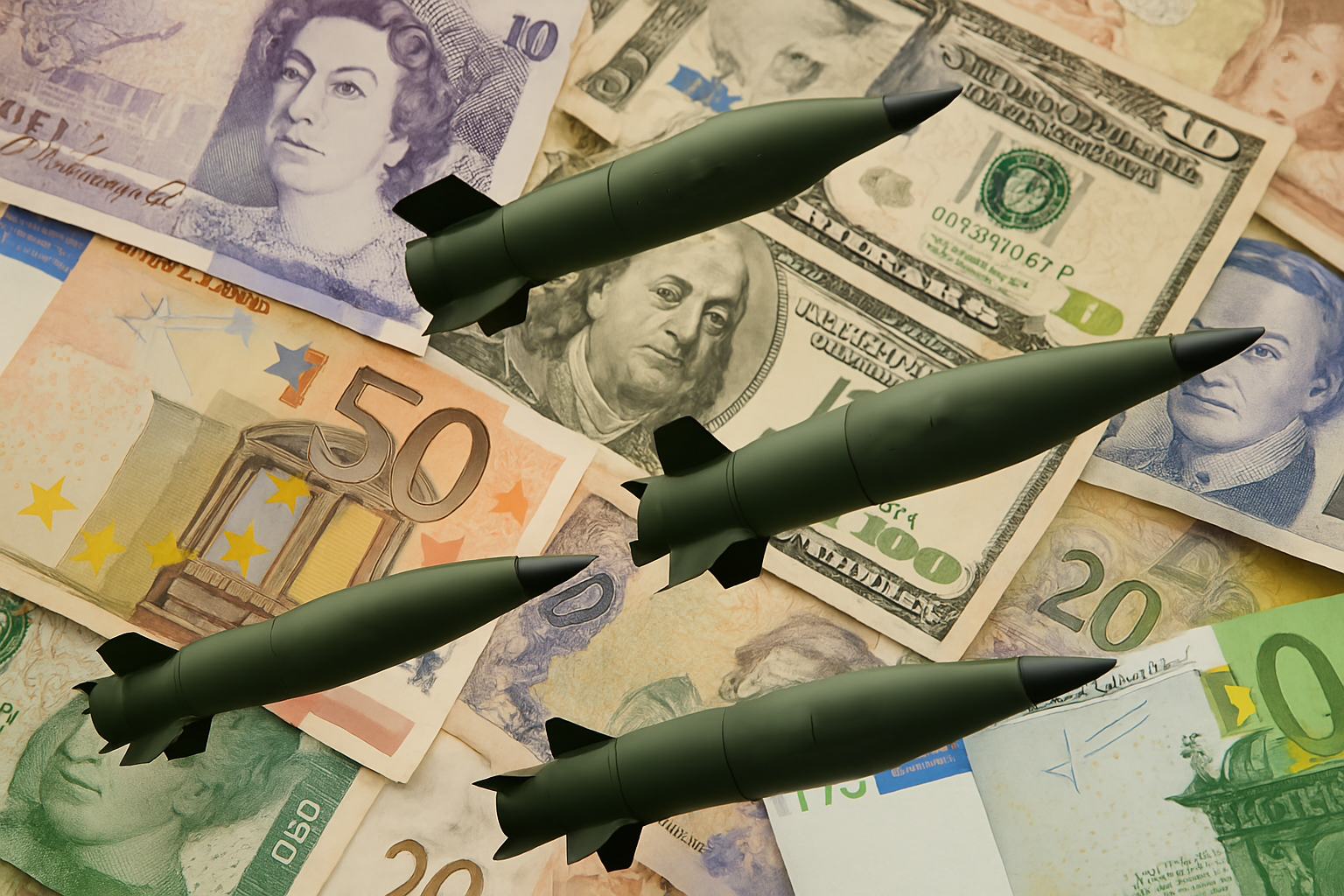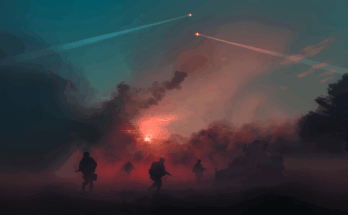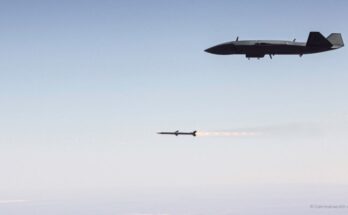
After the start of the Russo-Ukrainian War, national governments suddenly realized that their weapons inventories were insufficient to meet the demands of a modern war. Of course, this situation has existed for decades.
There is a lot of talk about increasing the size of weapons stockpiles. Defense firms are working to increase the production capacity at their factories. Politicians have spoken of doubling procurement of different weapon systems. What isn’t mentioned is where the extra money, amounting to billions of dollars or more, for these new purchases will come from.
The U.S. Navy’s Standard Missile inventory is straining under the dual threats of protecting Israeli territory and shipping in the Red Sea from missile attacks. Just doubling the number of SM-3s in the U.S. Navy stockpiles could cost over $5 billion.
The fighting in Ukraine could cause the U.S. Army to expand its arsenal of theater ballistic missiles, like the in-service ATACMS (Army Tactical Missile System). The United States’ next generation system is the Precision Strike Missile (PrSM). Doubling purchases of PrSM could require an additional $600-700 million.
Adding to this total are existing plans to procure a new generation of hypersonic strike missiles.
Russia has repeatedly used its Kh-47 Kinzhal hypersonic missile to attack targets inside Ukraine, with mixed results. The U.S. is developing land-based, air-launched and shipborne hypersonic missiles. Current procurement plans have the U.S. spending $12.3 billion on the purchase of fewer than 400 hypersonic missiles through 2034.
Another problem is obsolescence. Someone once said that military secrets are the most fleeting of all. A stockpile is only as good as the weapons it contains. Prior to the Second World War, the 37mm M3 was the U.S. Army’s standard anti-tank gun. The weapon was quickly replaced by 57mm guns as better protected tanks entered service. Germany quickly replaced its 37mm Pak 36s with the superior 50mm Pak 38 and 75mm Pak 40 anti-tank guns. The 20,000 Pak 36s built were relegated to second-line duties.
Saying that “finding the money to support large weapons stockpiles will be challenging” is the understatement of the decade. The future direction of U.S. defense spending is unclear, but a massive increase in spending (à la U.S. President Ronald Reagan) may not be in the cards.
Europe faces an even greater challenge. Many European countries have underfunded their armed forces for years. Despite announcements of planned defense spending increases, certain European governments are already backtracking on these promises. There are even rumors of possible defense spending cuts. Once the Russo-Ukrainian War ends, the pressure to increase defense spending will begin to fade. Also, few European governments are showing a willingness to sacrifice social spending to increase defense budgets.
Thomas Jefferson said, “Never spend your money before you have it.” Jefferson did not favor high military spending, but during his presidency he faced the threat from the Barbary States. Eventually, Jefferson decided to bolster the strength of the U.S. Navy squadron in the Mediterranean Sea. Once hostilities with the Barbary powers had been suspended, the U.S. allowed its Navy to deteriorate. U.S. Navy strength had shrunk to just nine seaworthy frigates and eight smaller ships just prior to the War of 1812.
There are numerous instances of U.S. military strength waning after a crisis ends. We will just have to wait to see if history repeats or just rhymes in the future.
For more than 35 years, Larry has been involved in research and analytical work for various Forecast International projects. He has contributed to the Airborne Electronics Forecast and was chief editor on the World Aerospace Weekly newsletter. Larry was directly responsible for the creation of World Weapons Review, a biweekly industry market research publication specializing in weapon systems and related material. He was the creator of Unmanned Vehicles Forecast, launched to cover the growing market for civil and military drones, and was involved in the development of the Airborne Retrofit & Modernization Forecast service. He is currently responsible for the Missile Forecast and for FI's two Unmanned Vehicles Forecast services – Airborne Systems and Land & Sea Systems.



